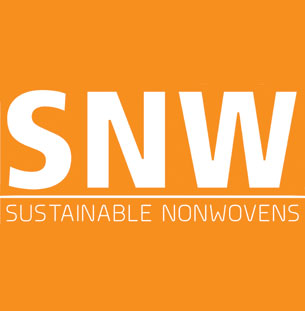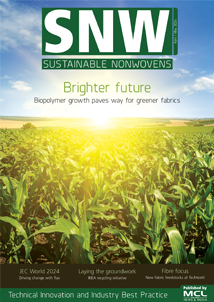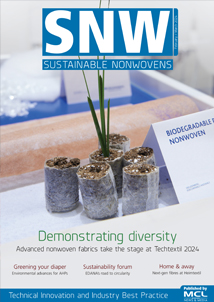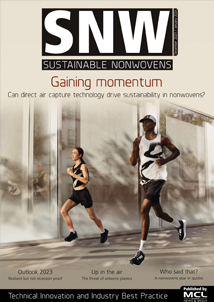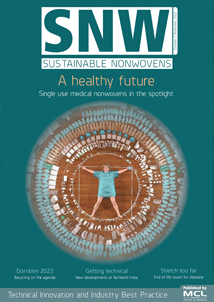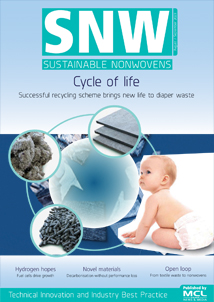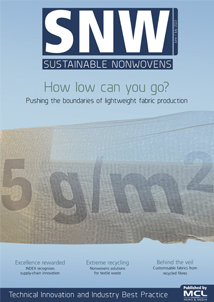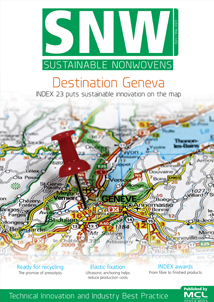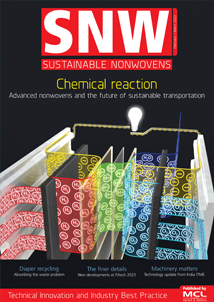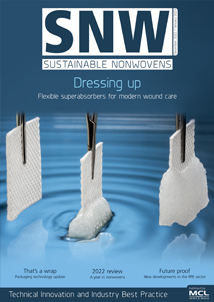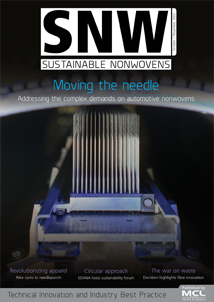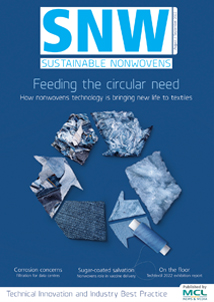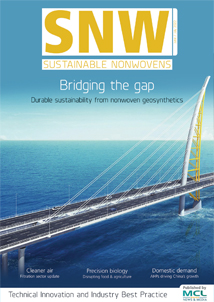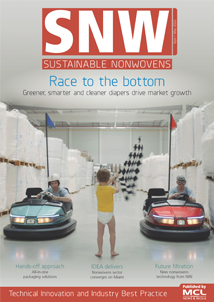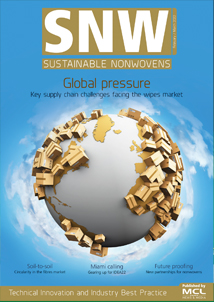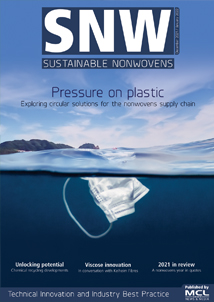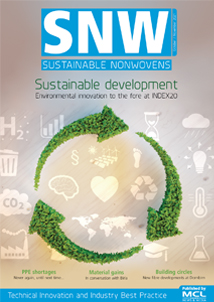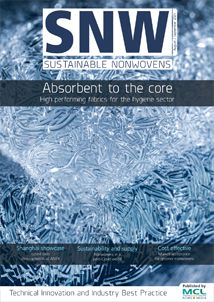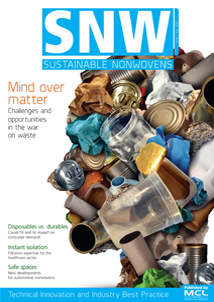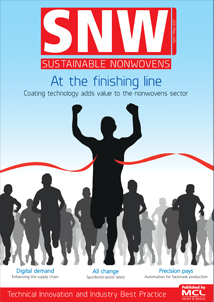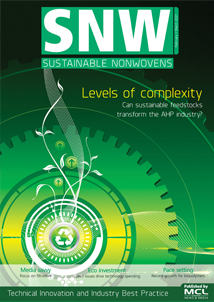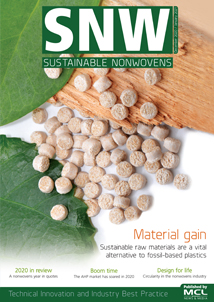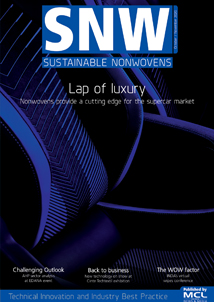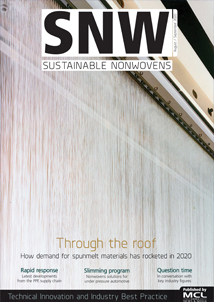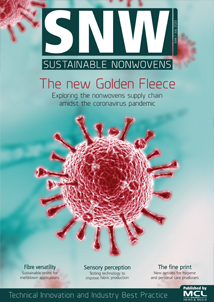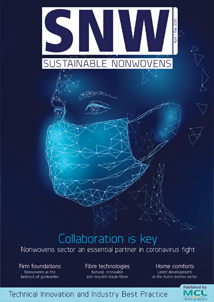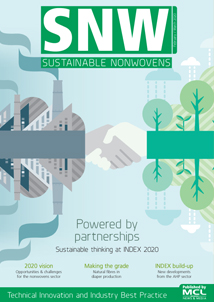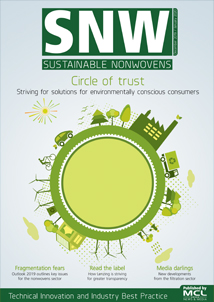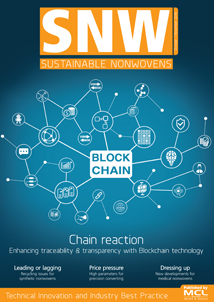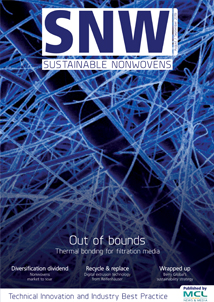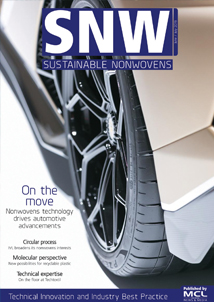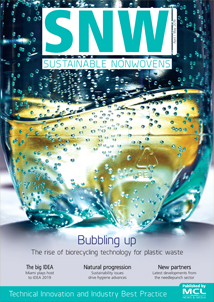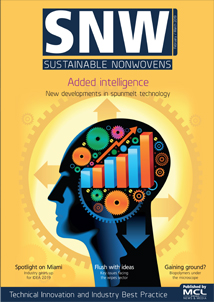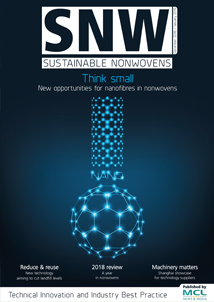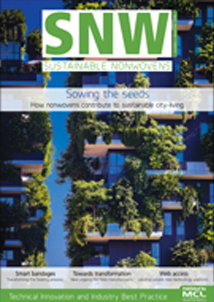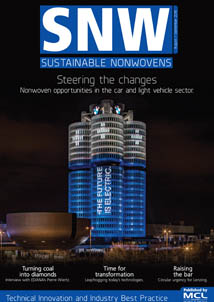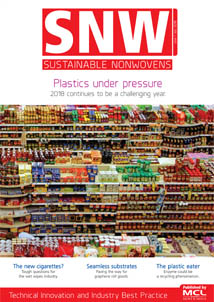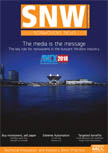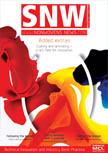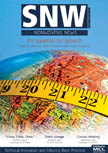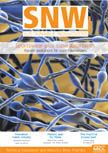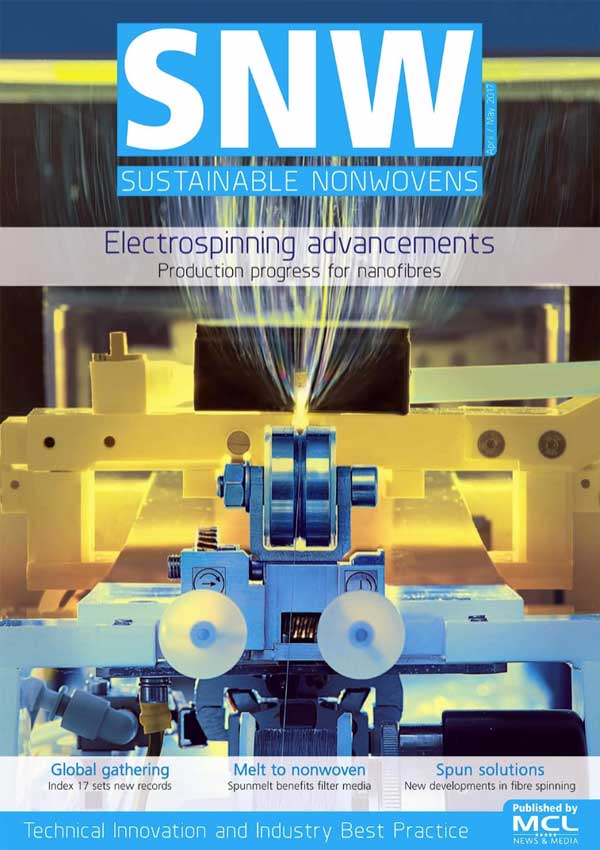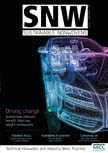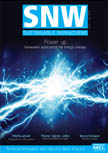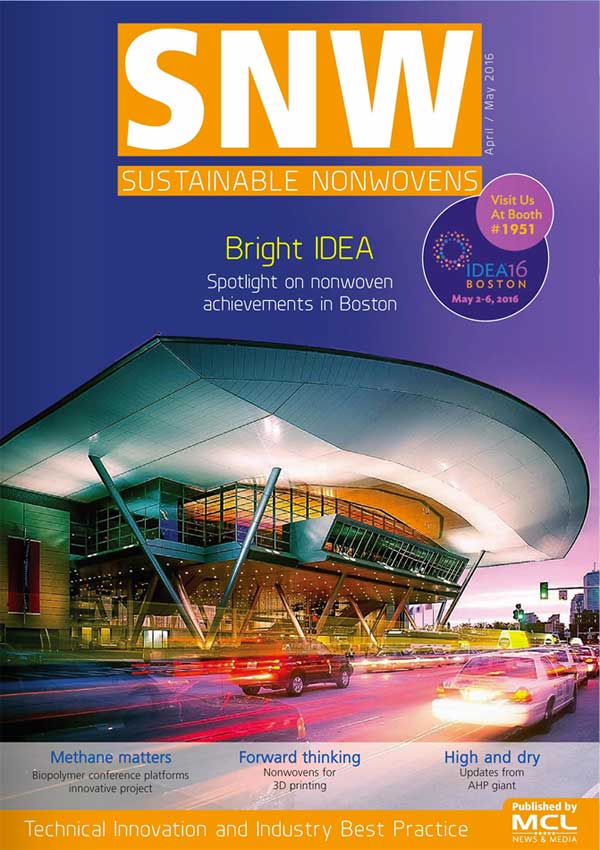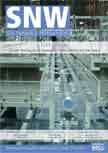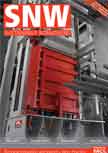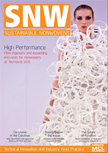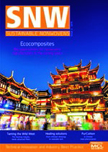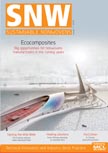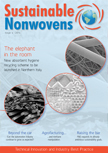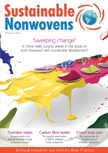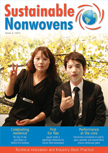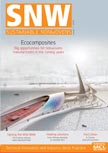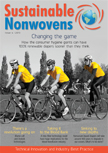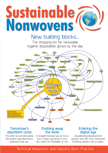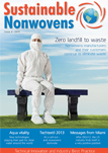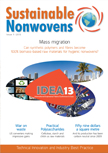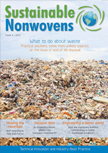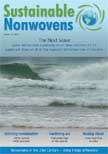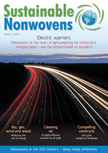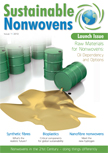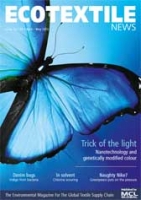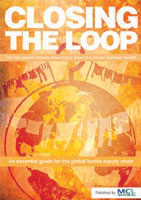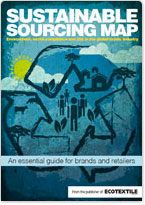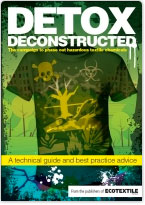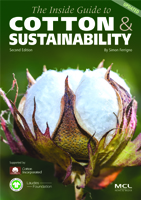GENEVA - A report in the latest INDEX newsletter notes that the value of the 635,000 tons of nonwovens manufactured by 37 nonwoven producers with 121 full lines in North Carolina in 2017 was US$1.7 billion, equating to around 18 per cent of all North American output, making the state truly the epicentre of the country’s industry.
Between 2016 and 2018, the nonwovens companies in North Carolina have also invested some $770 million in plant and equipment, and 16 more projects are currently being planned for 2019 and 2020.
So far, this has led to the creation of some 2,448 new jobs, despite the fact that nonwovens production is far from labour intensive.
In addition to many established North American businesses, North Carolina has recently been successful in attracting inward investment by companies from Europe, such as Germany’s Polyvlies, which has just started up a second line at its new plant in Winston-Salem.
With 2017 sales topping €100 million, notes INDEX, Polyvlies has a focus on the automotive industry and its Winston-Salem operation is located in close proximity to key customers in this sector.
“The automotive applications for our products are bumper to bumper,” says Garrett Owens, vice-president of sales and purchasing for Polyvlies USA, “from wheel arch liners, acoustics, underbody trim, headliners and seating to parcel shelves and boot panels and liners.”
Housing two needlepunching lines with a combined capacity of 7,600 tons, the plant’s output is split fifty-fifty between nonwovens based on synthetics such as polypropylene, polyester and polyamide and those made from natural fibres including kenaf, hemp and flax and their blends. It has the ability to produce roll goods in widths of up to 6.1 metres and in the weight range of between 100-2,500gsm.
Norafin
Another German company, Norafin, has just inaugurated its new €20 million hydroentanglement plant in North Mills River, for the production of technical nonwovens in widths of up to 2.8 metres and within the weight range of 20-500 gsm. It will process both chemically-produced, high-performance fibres such as polyester, P84 and meta/para aramids, as well as natural fibres like viscose and Tencel.
Fibertex
Denmark’s Fibertex Personal Care has chosen to establish its new printing production facilities in Asheboro, as part of a $10 million investment.
Through its German subsidiary Innowo Print, the company has developed a technology that allows colours and images to be printed directly on to nonwoven materials to meet the demand for such products from global producers of diapers, femcare and incontinence disposables. Today, most of these products have a design print on a thin film, but a growing number of Fibertex customers are quickly realising the benefits of this new printing technology.
Nonwovens Institute
The report from INDEX also highlights how companies in North Carolina benefit significantly from the Nonwovens Institute, which is the largest cooperative research institute in the USA, with some 78 member companies, 52 PhD students and over $60 million in facilities.
As a partnership between industry, government and academia, operating on an open innovation platform, the institute engages experts from industry and higher education in building next-generation nonwoven applications while also providing training and guidance to the field’s future leaders.
“Nonwovens are based on processes designed specifically for a specific product, based on fully-automated systems and taking labour out of the equation as much as possible,” says the institute’s executive director Dr Benham Pourdeyhimi. “This is both a blessing and a curse, because they are high volume and large volume lines and you can’t change the product to make something else, so capital decisions have to be made very wisely.
“Right now there are transformational opportunities for nonwovens as a result of issues such as sustainability, and the EU’s discussions on plastics are spreading. Other issues with energy are here to stay and there are major challenges in respect of water, health and wellbeing and globalisation – all fields in which nonwovens can make a positive contribution.
“The questions we are continuously asked are how to reduce the weight or the carbon footprint of products and the potential reuse or recycling of materials, in addition to making new sustainable materials at the same speeds or higher. Reducing water and energy are other pressing needs, as is creating new composite structures that take advantage of renewable materials such as PLA, PBS and others, as well as post-consumer recycled materials.”
The Nonwovens Institute is currently planning further technology investments in response to these demands.
Textile heritage
North Carolina is also home to INDA, the association of nonwoven fabrics headquartered in Cary, and its president Dave Rousse has observed that in addition to having a very progressive arrangements in place for encouraging investment, it is not surprising that the state has now become the dominant hub of nonwovens manufacturing activity in North America, having been the centre of the North American textiles industry during the 20th century.
“Nonwovens – being engineered fabrics – share a fair amount of backroom functions and processes with other forms of fabric,” he says. “Both are roll goods, so equipment and process metrics are similar, making it easier for workers to transfer skills between the two. And both also have products which can also be called ‘technical textiles’, and satisfy needs for specific properties in fabric materials.”
“The research and product development activities – and the people carrying out these functions – can be common to both sectors, and both also provide substrates to the converters, coaters and treaters who add properties and value to them to serve the needs of end users.”
An estimated 787 companies are involved in the broader nonwovens supply chain in North Carolina, with a further 159 consultants, academic institutes and associations (including INDA). Together they employ some 57,700 people with a total $2.1 billion payroll.
Web: www.indexnonwovens.com
